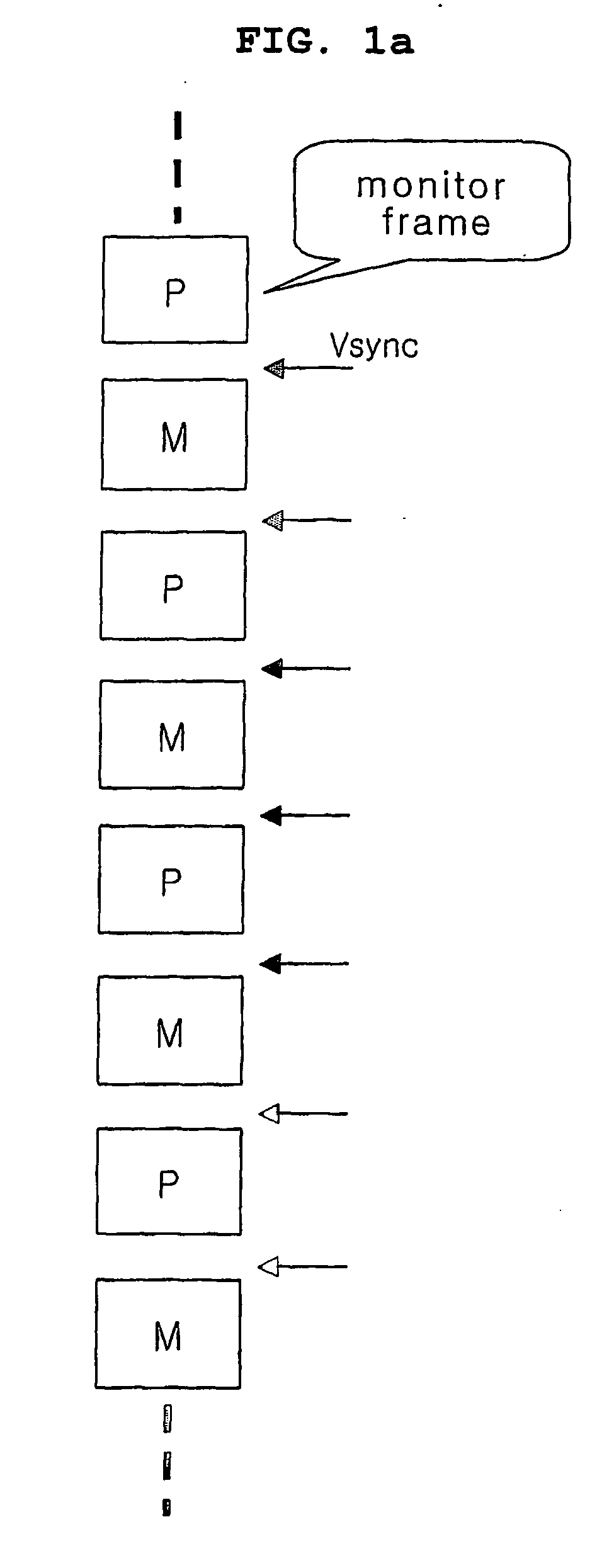Device and method for outputting a private image using a public display
a technology of private images and devices, applied in selective content distribution, television systems, instruments, etc., can solve problems such as security problems in various fields, limited use of computers, and inability to disclose private information,
- Summary
- Abstract
- Description
- Claims
- Application Information
AI Technical Summary
Benefits of technology
Problems solved by technology
Method used
Image
Examples
Embodiment Construction
[System Configuration]
[0073] A private display can be widely used for a variety of monitor display devices, such as a desktop PC, a notebook computer, a PDA, a mobile phone, a Television (TV), a Digital Versatile Disk (DVD), an ATM / Cash Dispenser (CD), and a door lock information input device. The present invention is described below on the basis of an embodiment of a PC monitor that is a typical one of the above-described devices. Those skilled in the art can easily modify the embodiment and apply the modification to other display devices. Generally, other display devices have structures simpler than that of the PC monitor, so that a private display device can be implemented with some of the indispensable elements of the PC monitor embodiment excluded.
[0074]FIG. 2 is a basic configuration diagram of an embodiment applied to a notebook computer. As shown in this drawing, the embodiment includes a computer 104 equipped with a monitor 102, a shutter opening / closing means 106 perform...
PUM
 Login to View More
Login to View More Abstract
Description
Claims
Application Information
 Login to View More
Login to View More - R&D
- Intellectual Property
- Life Sciences
- Materials
- Tech Scout
- Unparalleled Data Quality
- Higher Quality Content
- 60% Fewer Hallucinations
Browse by: Latest US Patents, China's latest patents, Technical Efficacy Thesaurus, Application Domain, Technology Topic, Popular Technical Reports.
© 2025 PatSnap. All rights reserved.Legal|Privacy policy|Modern Slavery Act Transparency Statement|Sitemap|About US| Contact US: help@patsnap.com



